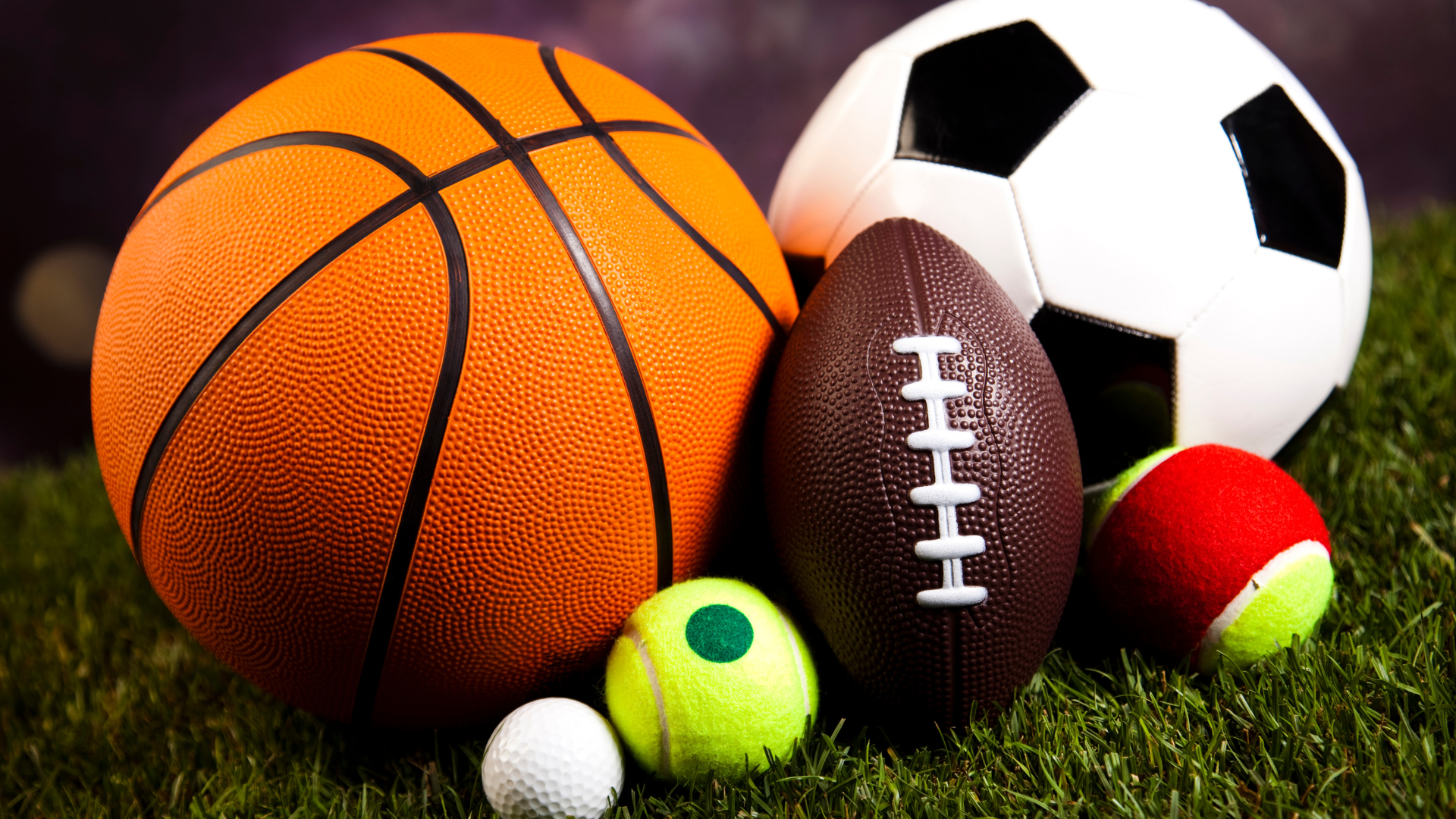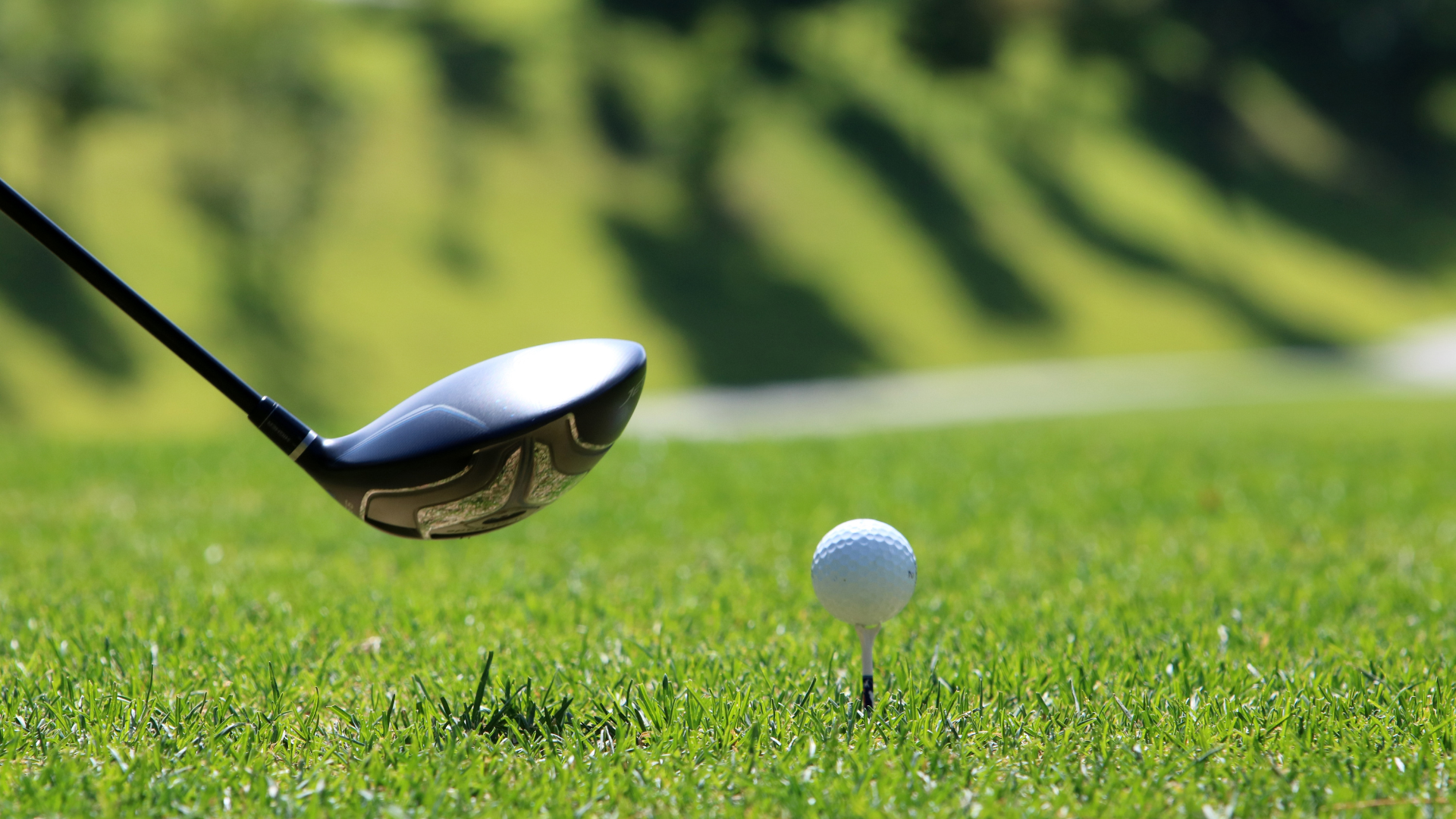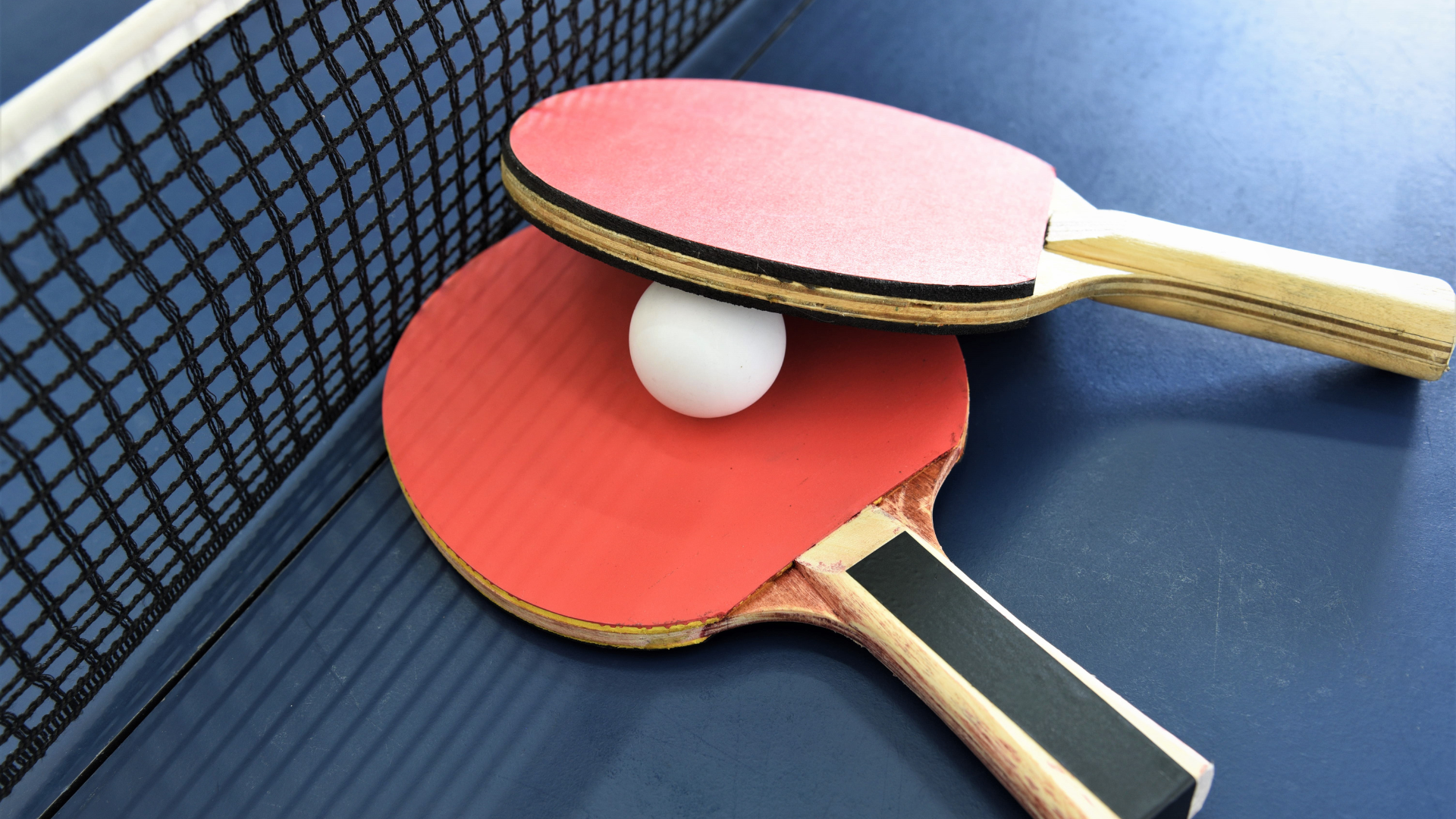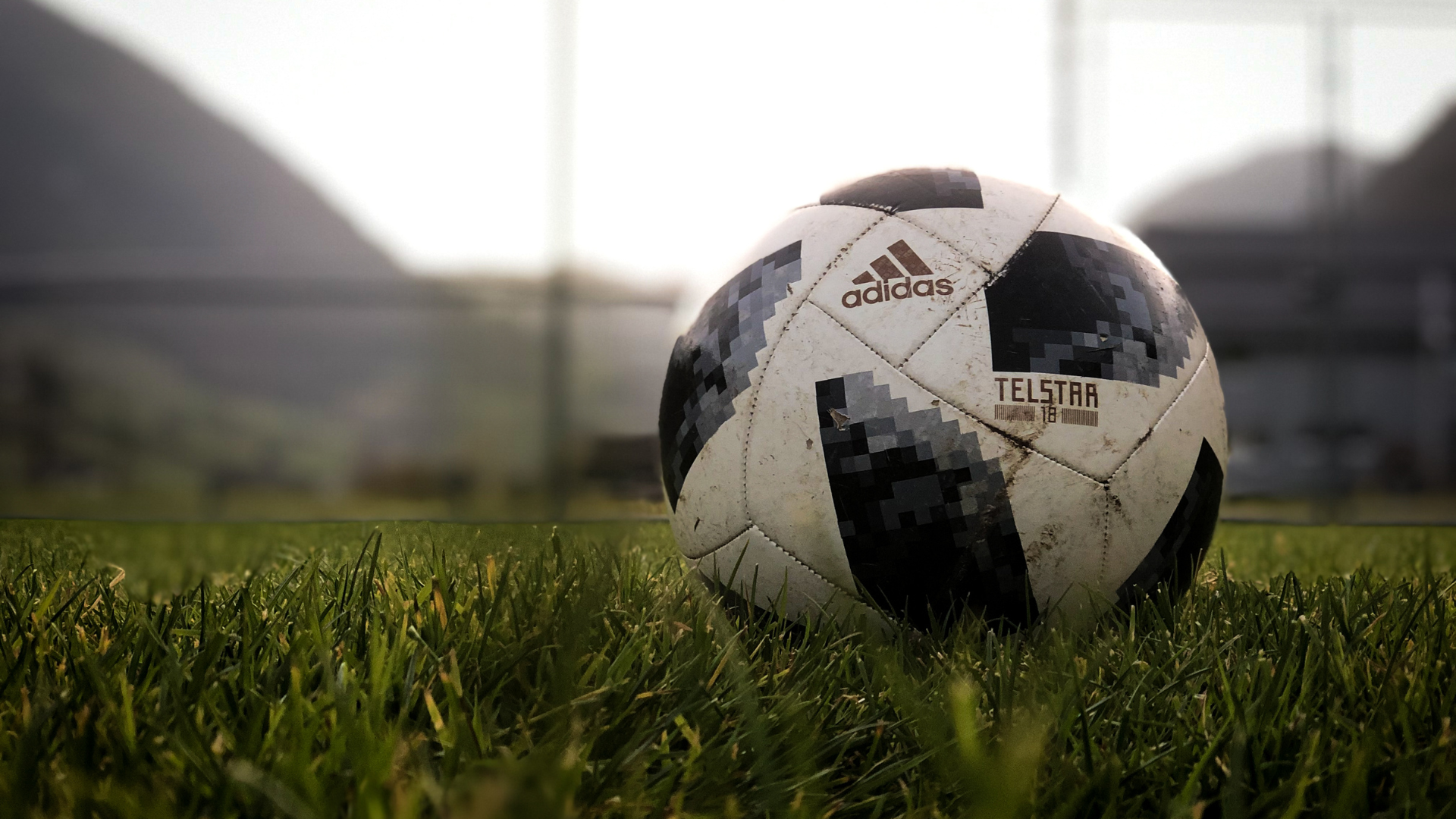How to Bet on Football
There are several different types of bets you can place on football, but one type of bet is often referred to as an accumulator bet. This is when a bookmaker allows you to combine a number of different bets into one, which means you can potentially receive a higher payout. For example, if your team plays exceptionally well against two of its opponents, you could win a £200 payout for a £100 bet instead of £100 for a £100 bet. The best way to bet accumulators is to spread betting or, more precisely, spread betting football accumulators.
Point Spreads
When it comes to sports, there are two big ways you can bet: outright and point spread. An outright bet means you put your money down on the outcome and either win or lose. A point spread bet means you bet on one team to win, but another with a point spread. Your payout is calculated by the number of points by which you pick the winning team. For example, if your team wins by a score of 27-19 and you pick your favorite team, you win. However, you will lose $14.
Moneylines
The NCAA college football season is in full swing, and bettors are now looking for ways to make their bets profitable. One of the easiest ways to do so is by betting the money line, which simply means betting on a football team to win straight up. However, betting on the money line has its dangers. One big risk is that bettors could get disappointed by a team’s performance. Another is that there’s always the chance that an upset will occur. So, how can you avoid these pitfalls and make money on your money line bets?
Over/Unders
Unlike most sports, football is all about timing, and timing is everything when it comes to winning. Football timing rules aren’t complicated or complex, but they need to be understood. In other words, understanding how football’s timing rules work can help players perform more effectively on the field. Over/unders are betting in which only two total points are possible, and you choose whether to bet that the total will be over or under that number. This type of betting is also known as “Totals.” The number of points a player scores is subtracted from the total number of points possible. For example, if a player scores 4 points, the total points possible is 8. If a player scores 5 points, the total points possible is 7. If a player scores 6 points, the total points possible is 6.
Parlays
The parlay is one of the most powerful betting tools available to sports bettors. It allows you to use multiple bets in order to maximize your chances of winning. For example, you could take a bet on 3 teams to win a divisional championship. The parlay is an easy bet to place. It’s one of the easiest bets in any sports book. It is won when a player or team you are betting on wins multiple matches by two or more goals. So, overall, you win if your bet on a player or team wins four or more matches. It’s pretty simple; a parlay is a bet in which multiple bets combine and pay off in a single payout. For example, a bet placed using 4 different selections would combine all the individual returns of all four selections into a larger payout.
Futures
There are a variety of futures markets that you can bet on. These include bets on the winner of the Superbowl, the number of goals England will score in the World Cup, whether Roger Federer will win the French Open, and who wins the Olympic gold medal in athletics. Despite the range of markets, many of the prices are very similar, with odds often in the single digits. While many bets are hard to predict, there are some markets where there are no truly “sure wins,” but there are also a lot of opportunities to make a profit. Some of these markets are described below.
Prop Bets
Prop bets are wagers that can be placed on either an outcome or an event, such as a team’s score. These bets are often taken on sporting events but can also be placed on elections, Broadway shows film releases, and other topics. Bettors can bet on a player scoring a touchdown, which player will have the most passing yards, whether two players will score on the same play and more.
Live/In-Game Betting
The term “betting” relates to placing a bet based on the outcome of an event. The activity of placing bets is referred to as sports betting. Live betting, on the other hand, is betting that takes place during an event. In-game betting is placing a bet while the game is live—a popular form of betting among sports fans.



















